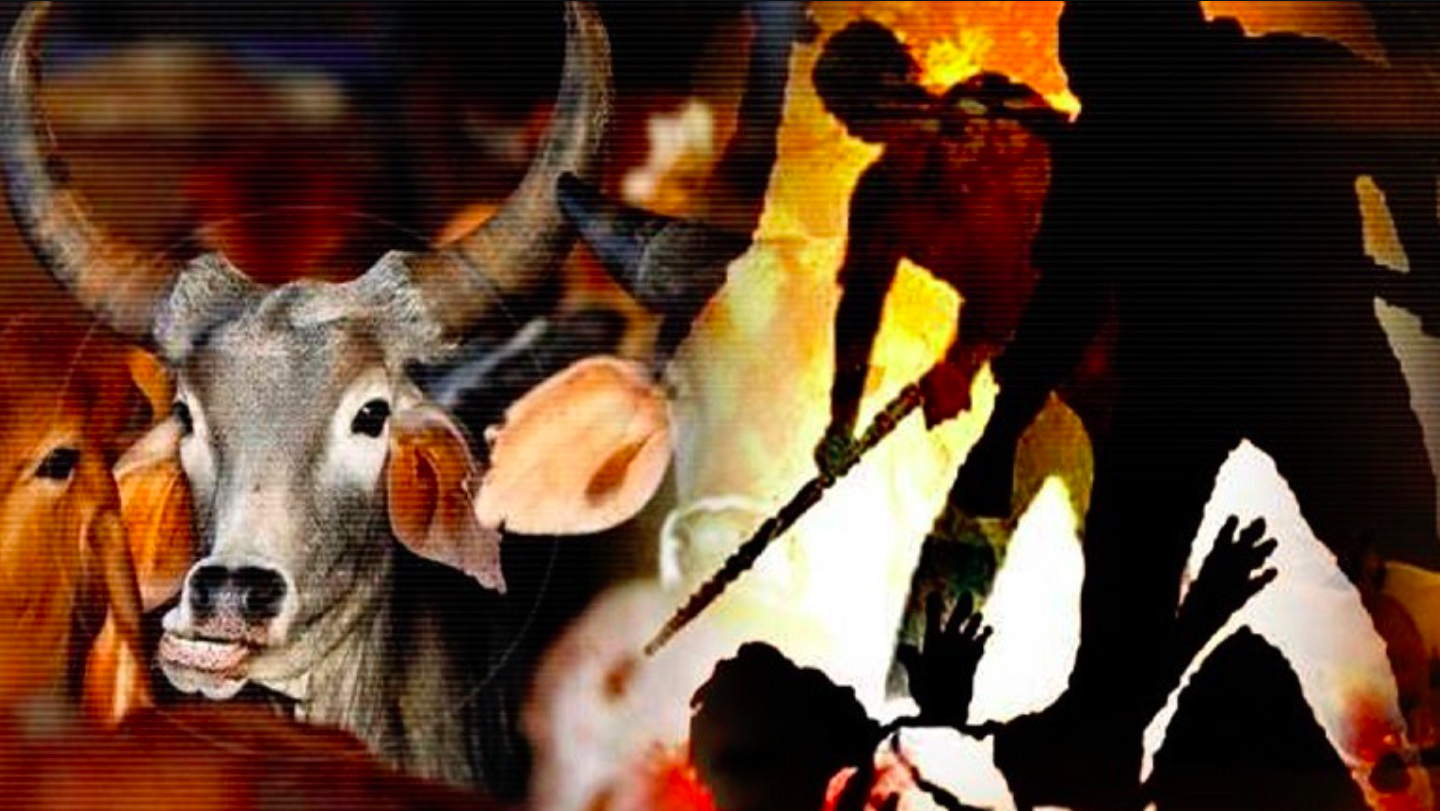By Ram Puniyani
Maharashtra witnessed unprecedented violence against the dalits who had congregated to pay tributes to the dalits soldiers (1st January 2018), who were part of the British army which had fought against Peshwas in 1818. Babasaheb had visited this place in 1927 to pay the homage to martyrs. The annual event of dalits paying homage at Bhima Koregaon has become a sort of symbol of dalit assertion. This year the event was organized at a bigger scale as it was 200th year of the battle. The provocation was due to the desecration of the Samadhi of a dalit, Govind Gaikawad, who is believed to have performed the last rites of Sambhaji. Later stones were pelted by saffron flag bearers on dalits who had come to pay homage in Bhima Koregaon. HIndutva organizations Shivaji Pratishthan and Samasta Hindu Aghadi, (All Hindu Front), were at the forefront of these incidents.
At the same time Dalit leader Jignesh Mevani, in a rally at Shanwarwada (Pune) which was headquarter of Peshwa rule, gave a call to fight against modern Peshwai, the politics of BJP-RSS. He was speaking at the conference which was an inclusive platform of dalits and other leaders. There are varied responses to this incident. While some people are trying to portray it as Maratha versus dalits it as such is the attack of Hindutva forces on Dalits. Rahul Gandhi in a tweet blamed BJP’s fascist, anti dalit attitude for the whole episode.
The reality of the Bhima Koregaon battle breaks number of myths prevalent today. It was a battle of British to expand their empire and it was the attempt of Peshwas to protect their kingdom. As British were expanding their empire, they had recruited large number of dalits in their army. These were Mahars from Maharashtra; Parayas from Tamilnadu and and Namshudras from Bengal, to name the few. These sections were recruited for their loyalty and easy availability. The Peshwa army had Arab mercenary soldiers and Gossains among others. This quashes the myth of Hindu versus Muslim battles, as similarly Ibrahim Khan Gardi was also part of Shivaji’s army and Arab soldiers were part of Bajirao’s army. Unfortunately today we are trying to see the events of past through communal prism and are ignoring the aspect of kingdoms which were primarily motivated by power and wealth.
Later, British stopped recruiting dalits/Mahars in their army as they found that the upper caste soldiers in the lower ranks were not saluting and taking orders from the dalit superiors. Ambedkar’s effort was to see that the recruitment of dalits in the army is restored and that’s how he suggested that Mahar regiment should be formed to overcome this problem. His taking up the cause of Mahar soldiers was part of his efforts to create a space for dalits in the social architecture of society.
Was the Bhima Koregaon battle to overthrow Peshwai by dalits at that time? It is true that Peshwa rule was most Brahminic in its policies. The shudras were made to tie a pot around their neck so that the air is not polluted by them and they were also making them tie a broom around their waist to purify the earth on which they walk. This is the extreme expression of the rigidity caste atrocities. Did British fight against Bajirao to eradicate the Brahmanical rigidities? No way. They were merrily expanding their zone of influence for trade and plunder purpose. Similarly Mahar soldiers were fighting for British with a sense of loyalty to their employer. The social reforms picked up a bit later due to the impact of modern education, which was introduced to train the subordinates for manning the administration of the Empire. The social reform comes up as an unintended byproduct of British policy of plunder so to say. The impact of their policies on social structures was not the goal of British so to say. As such consciousness of caste exploitation during the period of Kingdoms was not there in the present form. The awareness of caste exploitation takes shape later as expressed by Jotirao Phule.
To think that Peshwas were fighting for Nationalism and dalits were supporting colonial powers by being part of British army is again baseless. The very concept of Nationalism comes up during colonial rule. The nationalism which comes up with social-economic changes accompanying British rule is of two varieties. One, Indian nationalism which is the expression of the aspirations of the rising classes of industrialists, businessmen, educated sections of society, workers and downtrodden sections of society. Two, nationalism in the name of religion: Muslim Nationalism and Hindu Nationalism. This latter was brought forward by landlords and kings of the princely states who felt threatened by the social changes towards democratic norms and wanted to retain their hegemony in the name of religion.
The dissatisfaction of dalits today during last few years is rising due to the policies of current government in which events like the institutional murder of Rohith Vemula took place, during which the brutal flogging of dalits took place in Una. The overall policies of present Government is marginalizing the dalits through its policies, be it be in the area of economy, education and throwing up of the issues of beef or Babri Masjid. Massive turn out of dalits in Koregaon shows that they are deeply dissatisfied with the goings on in the society. The new dalit groups are trying to build their movement by making alliances with other oppressed sections of society. The solidarity expressed by religious minorities, workers and other social groups to the issues of dalits in case of Bhima Koregaon is remarkable. At the same it seems dalits in particular are deriving inspiration from icons from the past. The events of recent past are showing that dalits are determined to get their place under the democratic sky. At the same time attack on them by the Hindu right wing groups is a reaction which aims to undermine their aspirations.









